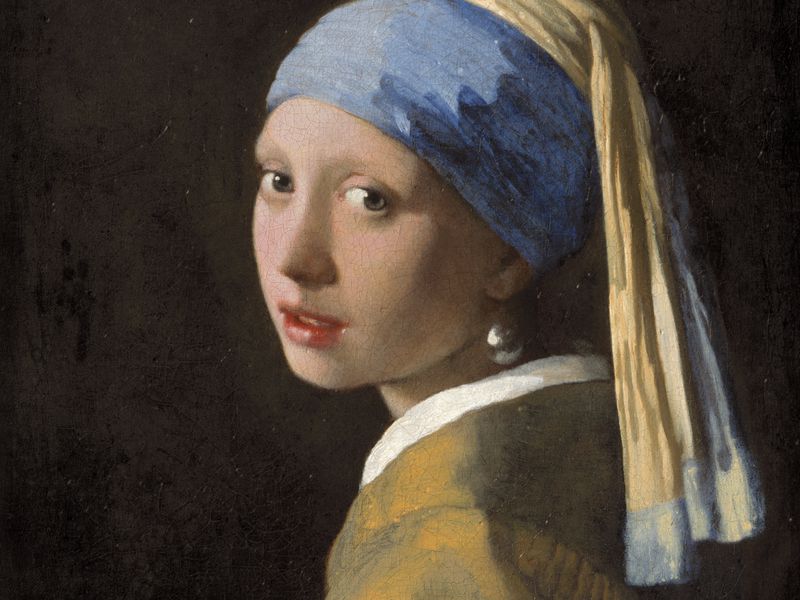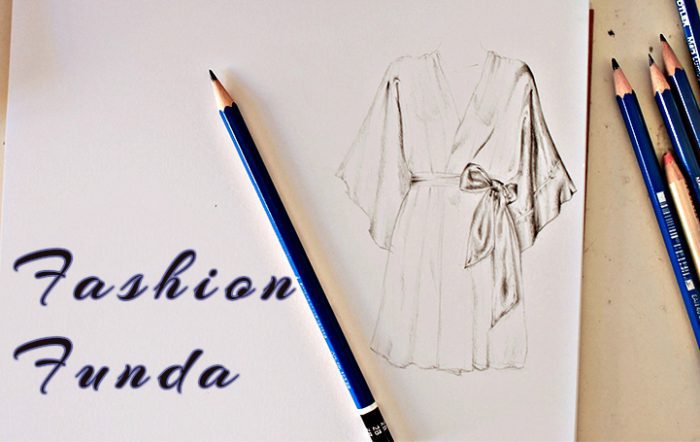Reading Time: 7 minutes
The turban was introduced into fashionable European dress in the early fifteenth century and its usage continued until the sixteenth century. It has been revived many times in women’s fashion at intervals since the sixteenth century. The turban has acquired a more contemporary form in the twenty-first century. Shameena, in the fifth part of her erudite research, tells us about the antiquity of turban in Europe, in the weekly column. A Different Truths exclusive.
“Fashion is mute until we give it a voice,” Ms. Ambrose said. “That’s the guts and the energy of this whole thing.”
You can trust a turban to do some screaming!
The turban was introduced into fashionable European dress in the early fifteenth century and its usage continued until the sixteenth century. It has been revived many times in women’s fashion at intervals since the sixteenth century. The turban has acquired a more contemporary form in the twenty-first century. Though it continues to exist in various parts of the world in its more traditional form, of late 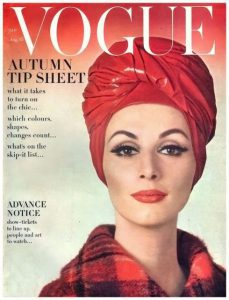

Wearing a turban demands confidence. In today’s fashion world, if you truly believe in your look, it’s a bold step. If you are someone who just use hats to hide uncooperative hair or to keep a low profile, the turban is not a smart choice. Not everyone finds turbans enchanting. Some fashion bloggers have dismissed them as a costume and cannot understand why they keep making a comeback. Today, the turban is one of the fashion dormant trends that has quietly, but assertively, surfaced at fashion shows and on city streets.
By 1930’s, turbans became very popular for everyday wear, sportswear, as well as evening wear, depending on the fabric used. The 1930’s style headwear was up and away from the face; thus turbans were also worn back from the face. Sometimes they were pre-shaped and sewn rather than tied into place.
The 1940’s is one of the most recognisable eras of the popularity of the turban. It is in this era where turbans were one of the most famous and widely worn items. Because of WWII, the effect that rationing was having on fabric supply, and the fact that many fashion houses had shut down, hats were scarce. Creative ways of wrapping headscarves ensured that a lady always had a head covering to match her outfit. Many of the publications of this era show different ways of wrapping, to create different looks. It is in this era that head wraps reached outrageous proportions, and often flowers, bows, fruit…all kinds of embellishments were added. If you think that your head wrap is large and outrageous today, it’s probably got nothing on the wraps worn by women at this time! Even though going hatless was more common in this time period, for most women that simply wasn’t an option, as no respectable lady would leave the house without hat, gloves, and heels. Just because there was a war on, didn’t mean an end to civility!
The 1950’s, 60’s, and 70’s saw the popularity of the turbans continue, although the silhouette changed a bit. The 1950’s turbans were often smaller and “tidier” than the previous era and were often performed, like a hat. The turbans of the 1960’s were rounder, in keeping with the popular round pillbox shape of the era. The turbans of the 1970’s were head wraps rather than full tied turbans and were often tied front to back, being bohemian in style, as were many of the fashions of the time.
In the 1920’s to the 197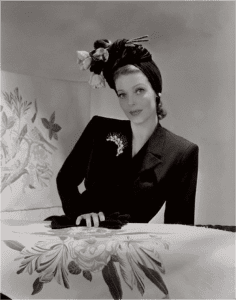

Women on the street started to embrace turbans showing up on Streetpeeper The Sartorialist and other fashion blogs since Prada show in 2006, introduced turban in many collections, including the Charlotte Ronson fall 2010 show, as well as the 2010 resort collections of Chris Benz, Rag & Bone, and Yigal Azrouël.
Turbans have historically been associated with Arab dress. Western culture looked at the Middle East for its exotic form of dress, which was seen as sexually liberating. If you look back at the portrayal of women in films like 1,001 Nights, Lawrence of Arabia or even the television show, I Dream of Jeannie, the West depicted those women very sexually with sheer fabrics and an exposed midriff, going back to the turban is a return to the allure and sexiness of a foreign culture.”
These are some of the different forms of headdress in current fashion trend.
The headdress is an elaborate, ornamental, or practical covering for the head, as differentiated from the hat, which has a crown, and includes many varieties such as the hairnet, headband, head wrap, wreath or chaplet, mantilla, turban, crown, and others. Headdresses incorporate complex meanings including religious symbolism, political power and affiliation, social status or rank, and fashion consciousness. Made of numerous materials, designs, shapes, and embellishments, headdresses can also serve practical purposes-protecting the head against natural elements, carrying objects like weapons, baskets, or water pots – and are often associated with ceremonies, particular rites of passage.
Hairnets
Hairnets may be the oldest headdresses worn by humans. A mammoth-ivory figurine dated circa 

Headband Bandeau
Modern headbands, originally made of knitted wool, cotton, and later of natural and synthetic fiber mixtures, have many functions besides holding the hair in place. Athletes such as marathon runners, skiers, basketball, and tennis players wear them across the forehead to absorb perspiration. Political 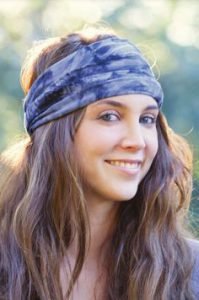

Aesthetically, headbands are part of many ethnic costumes. On the Indonesian islands of Bali and Sulawesi, men wear cotton batiked headbands (formed from a folded square of cloth) for every day, ornamented brocades for festivals. Reflecting social rank, lace-edged cotton headbands were part of a maid’s uniform in Europe and America, representing nineteenth- and twentieth-century middle-class gentrification, a carryover from earlier aristocratic livery customs.
Metal headbands worn across the top of the head hold earmuffs in place. Over centuries, in cold climates, earflaps on fur hats could be tied over the head or let down as desired. By the early twentieth century, with outdoor recreational sports gaining popularity, mass-produced metal-headband fur earmuffs came to be marketed for adults and children. The industrial revolution had another impact on ear protection, namely, against noise. By the 1920s, pilots flew open-cockpit planes wearing cloth “helmet” caps designed with inner pockets over the ears to hold noise-absorbent material. More recently, responding to concerns for worker safety, industrial earmuffs were introduced for preventing hearing loss caused by loud machinery noises. In the early 2000s, there are noise-reduction, liquid-foam filled cushioned earmuffs, cap-mounted earmuffs, a Velcro-adjustable type, and three-position version (over-the-head, behind-the-head, and under-the-chin). Most contemporary flight or fire-fighting helmets are additionally equipped with wired earmuffs allowing communication between the wearer and co-workers. Cyclers, hunters, and other sports enthusiasts can enjoy musical CDs, tapes, and radio broadcasts through ear covers, computer designed for lightweight comfort, portability, and noise attenuation.
(To be continued)
©Shameena Abdurahiman
Photos from the Internet, sourced from the author
#HeadbandBandeau #HairNet #TurbanForWomen #StyleTurbans #FrontTieTurbans #WomanHeadDress #FashionFunda #DifferentTruths

